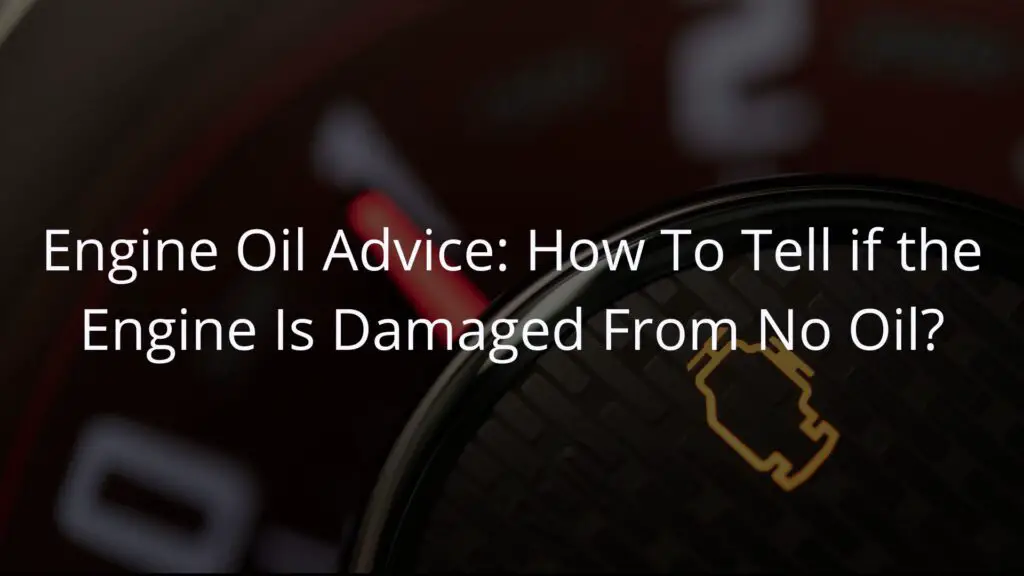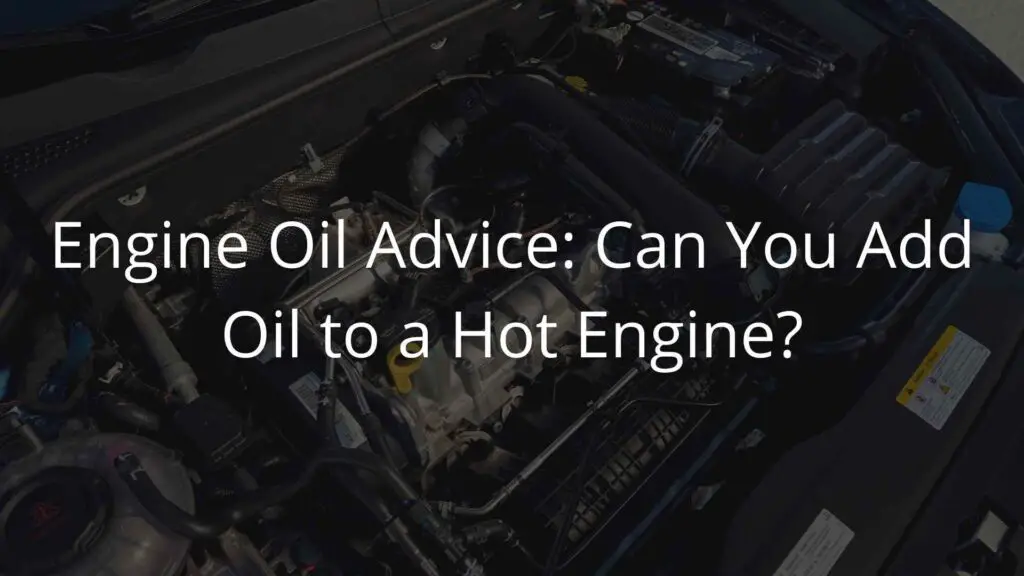An OBD2 scanner is a great purchase for anyone looking to maintain and repair their car.
However, the errors an OBD2 scanner returns can be generic and confusing. P06DD is one such error.
The good news is: You can read about the different codes to prepare yourself for a rainy day. Here’s one such guide to P06DD.
Here’s what we’ll cover:
What Does P06DD Code Mean?
P06DD indicates that your vehicle has too low or too high oil pressure. It can be due to several seasons.

Let’s walk through how the engine maintains an oil pressure in the oil pressure control circuit to understand why it happens.
The oil pump in your car pumps the oil in the oil circuit and maintains the oil pressure through an adjustable opening in the oil path. That adjustable opening is controlled by a solenoid valve.
The solenoid valve adjusts in the two regulated pressure stages, i.e., high-pressure mode regulation at high speeds and low-pressure mode regulation at low speeds. Put another way, the solenoid valve must maintain a specific oil pressure depending on the engine speed.
Besides that, the PCM collects the pressure readings using the pressure sensors throughout the engine to adjust the solenoid valve according to the engine load, oil temperature, and operating conditions.
However, if the oil pressure is too high or too low than the desired oil pressure, the PCM returns the code P06DD error.
What Are the Symptoms of the P06DD Code?
- Glowing check engine’s light
- Noisy engine
- No oil pressure
- Poor engine power
- Low vehicle performance
- High engine vibrations
- Noisy valve gear
- Poor quality idling
What Causes the P06DD Code To Appear on Your Diagnostic Scan Tool?
P06DD code can appear on your OBD2 scanner or other diagnostic equipment for various reasons:
- Low oil level
- Clogged up oil inlet port screen in the oil sump
- Damaged wiring or electrical connectors of the solenoid control circuit
- Dirty or old engine oil
- Defective readings by the engine speed sensor
- Defective oil pressure sensor
- Failure of the oil pump
- Leakage of oil leading to low oil pressure
- Excessive wear and tear due to mechanical failure of the crankshaft
- Replacement is required for the oil filter
How Do You Fix the P06DD Code?

Here’s how can resolve the P06DD code:
- Add more engine oil after checking oil levels: A high engine oil level increases the oil flowing in the oil path.
- Change engine oil if the oil is dirty or old: Dirty oil results in poor engine health and clogged oil intake port’s filter. The blocked port restricts the oil entry into the pump while hindering pressure buildup in the circuit.
- Replace the engine oil filter: Replacement of the oil filter cleans the oil, maintaining the excellent health of your engine.
- Locate leaks and take proper action to stop leakage: Leaking oil decreases engine oil’s pressure. Fix it to maintain oil pressure within the engine.
- Check the wiring and positioning of the engine oil pressure sensor: Fix the oil pressure sensor to feed accurate oil pressure values to the PCM.
- Replace the engine oil pump assembly: Replace the assembly for efficient working of the solenoid.
How Do You Prevent P06DD?
Prevention is better than cure. Let’s see how you can prevent P06DD code altogether.
- Change oil after regular intervals as recommended by your manufacturer. It ensures good engine health, proper lubrication, a clean oil filter, and a clean sump strainer in the oil pan.
- Keep an eye out for engine oil leaks. It saves your engine from insufficient oil pressure levels.
- A high-end engine oil pump avoids the solenoid stuck position and ensures that the solenoid valve operates as desired.
Final Thoughts: Troubleshooting P06DD: What It Means + How To Fix It?
If PCM triggers code P06DD on your diagnostic equipment or OBD2 scanner, start looking for possible causes to protect the engine from damage.
We’ve discussed some of the common causes above. Share yours in the comments as well.
And for more information on all things engine-oils-related, explore our blog.



